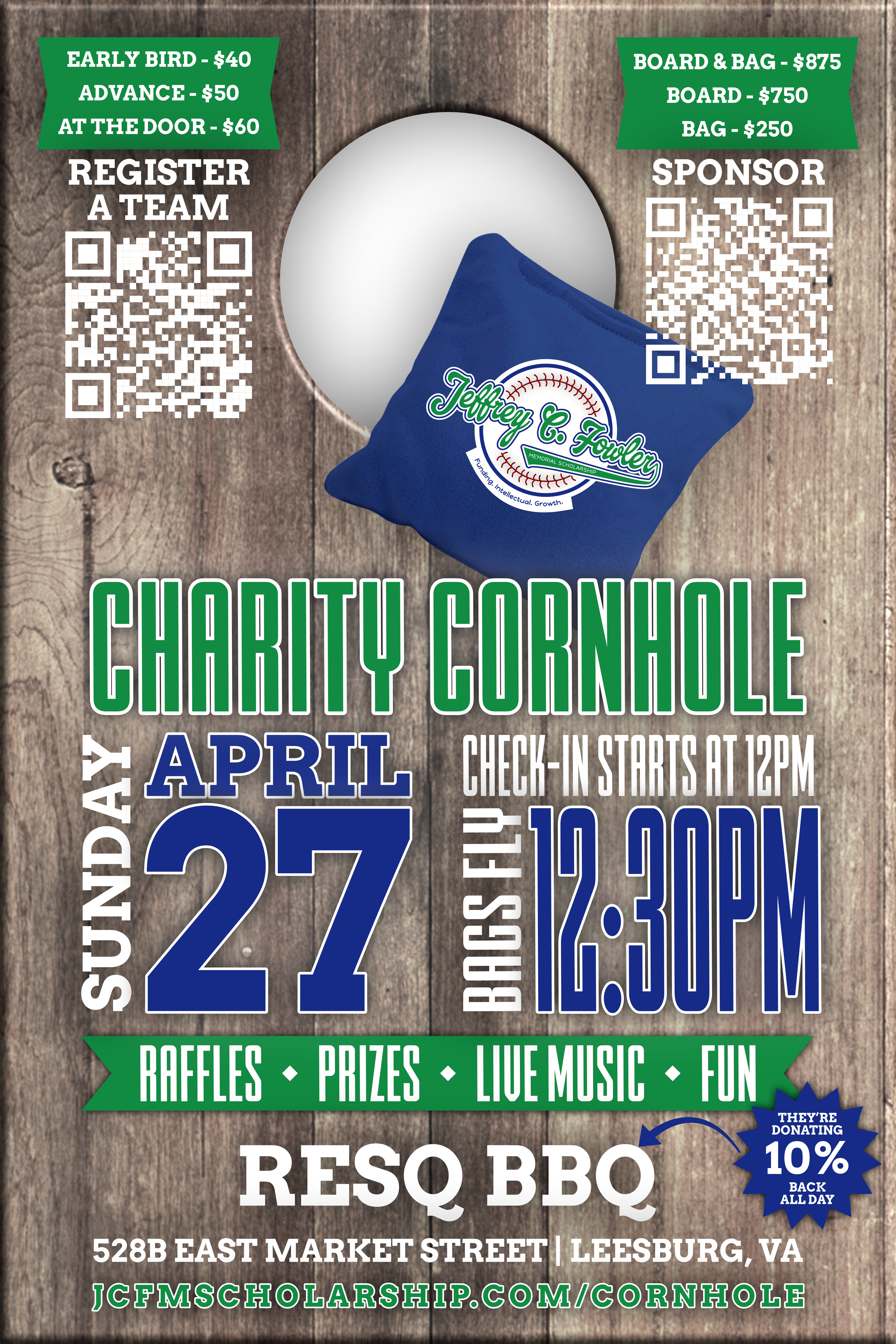
By Loudoun Sports Therapy Center
[twitter-follow screen_name=’@toCME4PT’]
(September 14, 2016) — Michael Phelps’ return to swimming during the Olympics was majestic. His performance attracted a lot of attention and with good reason. But something else that got people buzzing were the perfectly round bruises on his body. You probably saw tweets about them, heard broadcasters talking about them and might have even read some articles that surfaced about those bruises. So what were they and what caused them?
It’s called “cupping,” and it’s an ancient Chinese medicinal practice.
What is cupping?
Cupping was first used as a method to draw out poison from bites or infection from wounds. Hollow horns were boiled in water or fire was lit inside to draw out the air and create suction. The horn was then applied to the skin and the vacuum that was created drew out undesirable substances.
Over thousands of years, the clinical implications of the practice spread to include muscle relaxation and recovery for those who had been injured, experienced chronic pain or underwent severe muscular stress like professional athletes experience, hence why Michael Phelps would do this.
Today, glass, plastic or silicone cups are applied to the skin using an adjustable valve to create suction. The negative pressure inside of the cups stretch the fascia – or connective tissue – as well as the muscle itself, providing relief from pain.
The bruises – like the ones you saw on the Olympic athletes – occur when new blood floods the target area and old blood is drawn to the surface. These hickey-like bruises are rarely painful, but are a symbol of oxygen-rich blood flooding the area, causing inflammation.
Does It Work?
Intentionally causing inflammation seems counter-intuitive to those who are familiar with the icing routine common in physical therapy. In reality, cupping causes something called “sterile inflammation.”
The vacuum-like suction from the cups causes micro-trauma to the area over which it is applied. This allows the body to deploy an army of chemicals, fibroblasts and white blood cells to the affected area to begin the healing process.
While there is anecdotal evidence that cupping is an effective therapy for relieving pain and speeding the healing process, a 2011 study published in the journal Evidence-Based Complementary and Alternative Medicine concluded that cupping is not only an effective method of pain relief, but has virtually no side effects associated with it.
In conjunction with physical therapy, this can be another successful treatment for those looking for non-drug and/or non-surgical ways to manage pain associated with injury.
Note from our sponsor: Don’t let pain or injury sideline you. We can help you get back to the activities you love! Call Loudoun Sports Therapy Center TODAY, 703-450-4300 and learn how physical therapy can help you LIVE LIFE PAIN FREE!
Featured photo by Amy Selleck





